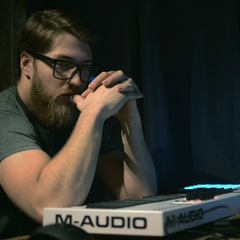-
Featured Topics
-
Topics
-
5
-
2
-
SillyFrog44 ·
Posted in Graphics Cards3 -
0
-
1
-
Bob_The_Builder ·
Posted in Folding@home, Boinc, and Coin Mining10 -
racker24 ·
Posted in Servers, NAS, and Home Lab0 -
3
-
MightyNerdy9 ·
Posted in Displays1 -
1
-


















Create an account or sign in to comment
You need to be a member in order to leave a comment
Create an account
Sign up for a new account in our community. It's easy!
Register a new accountSign in
Already have an account? Sign in here.
Sign In Now